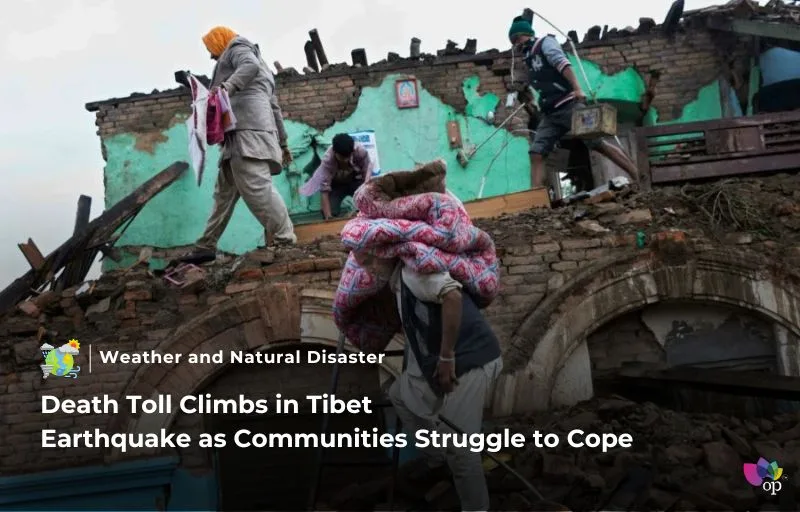A powerful 7.1-magnitude earthquake struck Tibet’s Tingri County on Tuesday morning (7 January, local time), claiming at least 106 lives and injuring 174, as reported by Chinese state media. The shallow quake, with a depth of 10 kilometers, caused widespread destruction and was felt across the Himalayas, affecting Nepal, Bhutan, and northern India. The epicenter, located 50 miles north of Mount Everest near the Nepal border, devastated remote Himalayan villages and left nearly 3,000 homes damaged.
Rescue operations are underway, with over 200 Chinese military personnel actively assisting in relief efforts and an additional 1,500 on standby. The affected region’s winter conditions have posed challenges, prompting Chinese leader Xi Jinping to call for swift and effective rescue measures. Relief teams are working tirelessly to provide aid to displaced residents and assess the extent of the destruction.
The quake has also impacted the Mount Everest region, a popular destination for tourists and climbers. Local authorities have closed the Everest base camp as a precaution and evacuated visitors present during the tremors. The closures have raised safety concerns for travelers in the area, especially with ongoing aftershocks.
The disaster highlights the vulnerability of the region’s infrastructure and the challenges of delivering aid to remote, mountainous areas. As rescue and recovery efforts continue, authorities face the dual task of addressing immediate needs while preparing for potential aftershocks in an already fragile environment.
References


 العربية
العربية 简体中文
简体中文 Français
Français Deutsch
Deutsch עִבְרִית
עִבְרִית हिन्दी
हिन्दी Italiano
Italiano 日本語
日本語 Русский
Русский Español
Español

Thank you for your sharing. I am worried that I lack creative ideas. It is your article that makes me full of hope. Thank you. But, I have a question, can you help me? https://www.binance.com/ar/register?ref=V2H9AFPY
Your article helped me a lot, is there any more related content? Thanks!